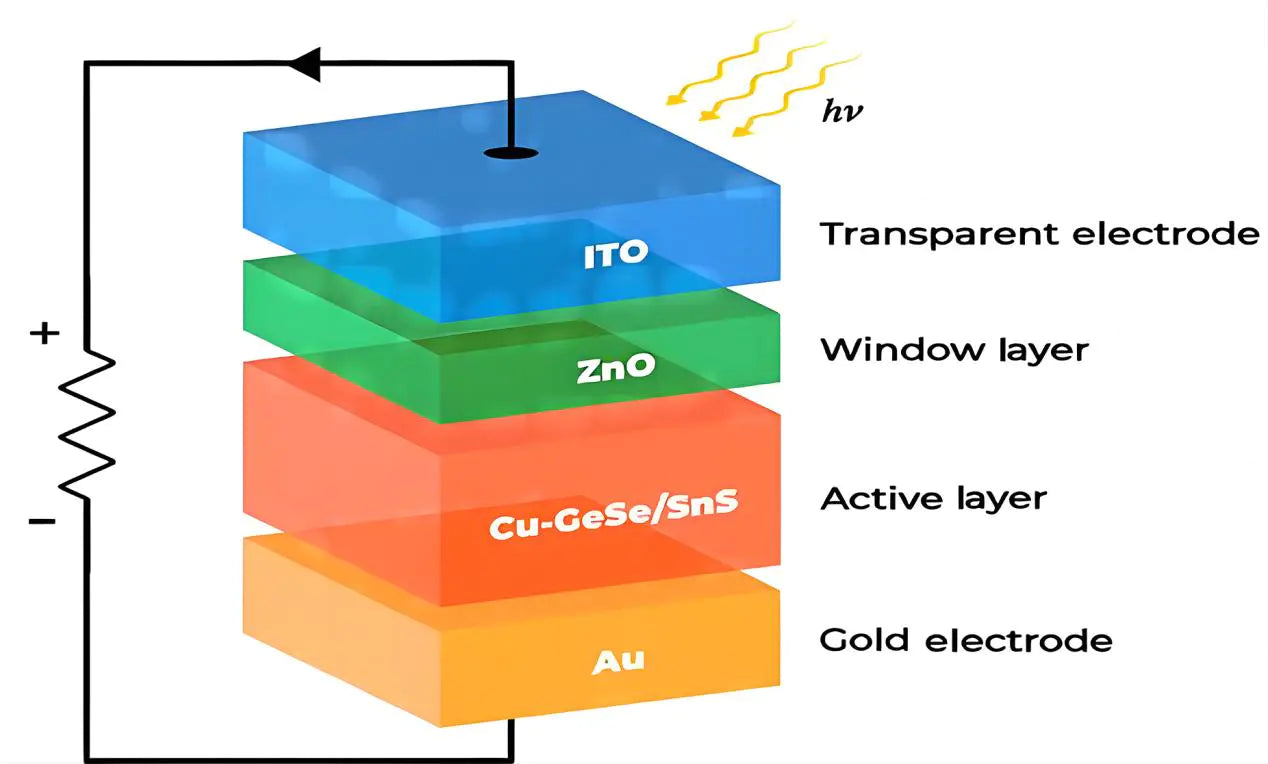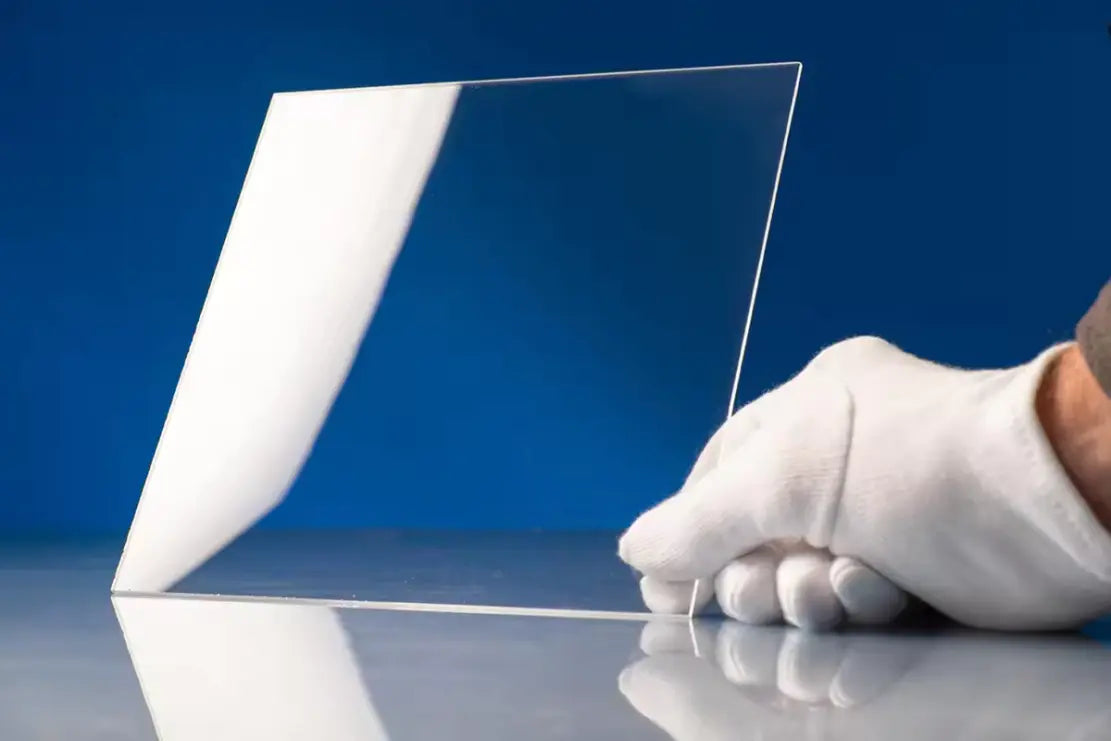In recent years, there has been a growing demand for solar photovoltaic glass, reflecting the increasing focus on green energy and sustainable development. With global attention on environmental protection and energy efficiency steadily rising, the demand for solar photovoltaic glass in both commercial and residential construction sectors has significantly increased. The desire to reduce energy costs and carbon footprint has driven the widespread adoption of solar photovoltaic glass. It is anticipated that with technological advancements and intensified market competition, the demand for solar photovoltaic glass will continue to grow rapidly, bringing forth more innovations and sustainable solutions to the construction industry and the renewable energy sector. This article explores the classification and applications of solar photovoltaic glass.
Photovoltaic glass substrates used in solar cells typically include ultra-thin glass, surface-coated glass, and low-iron (extra-clear) glass. Depending on their properties and manufacturing methods, photovoltaic glass can be categorized into three main types: cover plates for flat-panel solar cells, usually made of rolled glass; thin-film solar cell conductive substrates, coated with semiconductor materials typically just a few micrometers thick on the surface of flat glass; and glass lenses or reflectors used in concentrating photovoltaic systems. These three products have entirely different characteristics and functions, leading to significant differences in their added value.
Currently, the most widely used photovoltaic glass is high-transparency glass, known as low-iron glass or extra-clear glass. Iron in ordinary glass, excluding heat-absorbing glass, is considered an impurity. The presence of iron impurities not only causes the glass to become colored but also increases its heat absorption rate, thereby reducing its light transmission. Iron in glass comes from raw materials, refractory materials, or metal equipment used in production, and it is impossible to completely avoid its presence. Therefore, producers can only minimize the iron content in glass through production control. Currently, the iron content in solar cell glass ranges from 0.008% to 0.02%, whereas in ordinary float glass, it exceeds 0.7%. Lower iron content impurities result in higher solar transmittance. For the most commonly used 3.2mm and 4mm thick glass in domestic applications, the visible light transmittance for solar radiation generally reaches 90% to 92%.
As one of the most crucial components of solar installations, photovoltaic glass demands high transparency. Therefore, strict requirements are imposed on the iron content in the silicon raw materials used for producing solar glass, with Fe2O3 content typically ranging from 140 to 150 ppm.
According to reports, Germany was the first country to use transparent flat glass as a substrate for developing solar cells. German scientists installed these plate-shaped solar cells as window glass on buildings. They could directly supply the captured electrical energy to occupants and feed excess electricity into the grid. The initial development and utilization of solar cells using glass, soon gained attention from countries like the United States and Japan, thereby accelerating the research, development, and application of low-iron, ultra-thin glass for solar energy purposes.






Ultra-thin Rolled Photovoltaic Glass
When to use AG glass and when to use AR glass